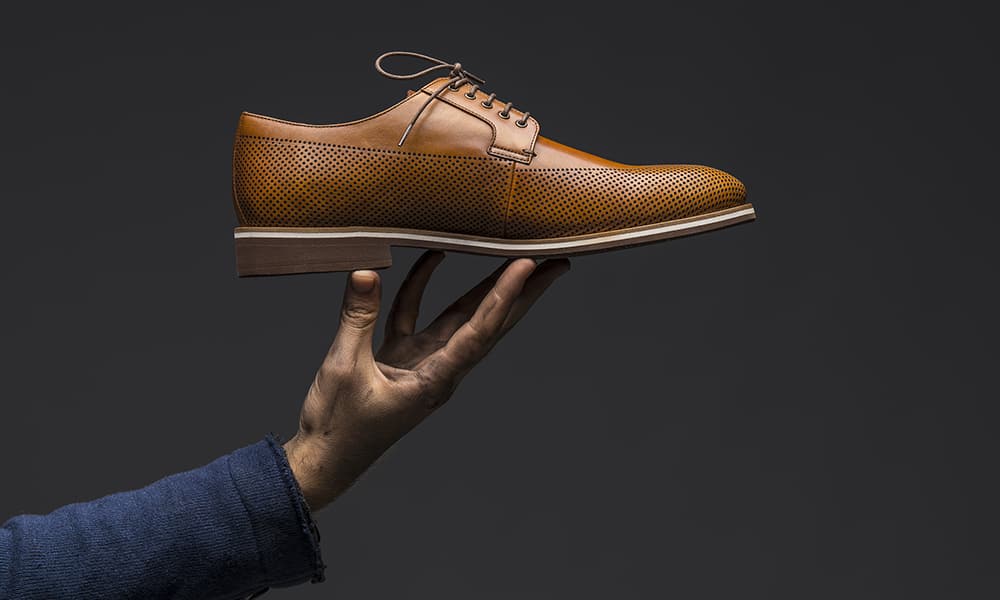Finding Relief: The Best Shoes for Morton’s Neuroma

Morton’s neuroma is a painful disorder that affects the nerves in the foot, causing pain and restricting mobility. Wearing suitable footwear is one of the most efficient strategies to address this issue. In this blog post, we will look at the best shoes for Morton’s neuroma patients, concentrating on comfort, support, and pain management.
Understanding Morton’s Neuroma and Its Impact on Footwear Choices
To begin, let us define Morton’s neuroma and how it affects the foot. Morton’s neuroma is a condition in which the tissue around the nerves going to the toes thickens, most commonly between the third and fourth toes. Sharp, scorching pain, tingling, and numbness in the affected area might result from this.
The basic purpose of footwear is to relieve pressure on the affected area and offer suitable support. Here are some crucial things to look for in Morton’s neuroma shoes:
- Wide Toe Box: allows your toes to stretch naturally and alleviate compression on the damaged nerves.
- Cushioned Soles: Look for shoes with plenty of cushioning to absorb shock and lessen the impact on the foot, hence providing pain relief.
- Arch Support: A properly fitted arch support distributes weight evenly across the foot, relieving pressure on the problematic area.
- Low Heel: Choose shoes with a low or no heel to reduce strain on the forefoot and relieve discomfort.
Top Shoe Recommendations for Morton’s Neuroma
Now that we’ve established the key characteristics to look for, let’s look at some of the best shoe choices for those with Morton’s neuroma, including brand recommendations:
- Athletic Shoes: Athletic shoes, such as the Hoka One One Bondi 7, are noted for their superior cushioning, arch support, and roomy toe box. Another great option is the Brooks Addiction Walker, which gives improved walking comfort and stability. The Asics Gel-Cumulus Running shoes provide great shock absorption and support for runners.
- Orthopedic Shoes: The Orthofeet Sanibel Mary Jane is a popular choice for orthopedic shoes. It is suitable for Morton’s neuroma patients because of its broad toe box, cushioned inserts, and excellent arch support. Dansko also offers a variety of sandals in broad widths, which provide both style and comfort for those with foot issues.
- Wider-Fit Shoes: Clarks and Skechers are well known for their wide-fit shoe alternatives. Clarks has a variety of styles available, including casual and dress shoes, in wider widths to support Morton’s neuroma. Skechers also offers a variety of supportive and comfy shoes for people with foot problems.
- Sandals and Open-Toe Shoes: Consider sandals or open-toe shoes that provide the required support and comfort for warmer weather. Orthofeet, for example, sells sandals with adjustable straps and cushioned insoles that provide a comfortable fit and pain relief. Remember, these are just a few suggestions; it’s critical to try on numerous brands and styles to find the best fit for your specific needs. Consultation with a podiatrist or footwear specialist can also be beneficial in determining the best shoes for your Morton’s neuroma.
Additional Tips for Managing Morton’s Neuroma
Aside from choosing appropriate footwear, there are a few more measures that can aid with Morton’s neuroma management:
- Custom Orthotics: Consult a podiatrist to see whether custom orthotics could provide additional support and relief from discomfort.
- Avoid Wearing High Heels: Wearing high heels might aggravate the pain associated with Morton’s neuroma. It’s advisable to avoid them entirely or to use them just on exceptional occasions.
- Regular Foot Exercises: Regular foot exercises advised by a healthcare practitioner can assist in improving foot stability and minimizing discomfort.
- Pain Relief Methods: Using cold packs, over-the-counter pain medicines, and massaging the affected area can provide brief pain and inflammation relief.
Finding the right shoes for Morton’s neuroma is crucial for managing the condition and reducing discomfort. Athletic shoes like the Hoka One One Bondi 7 and Brooks Addiction Walker, orthopedic shoes such as the Orthofeet Sanibel Mary Jane, wider-fit options from Clarks and Skechers, and sandals from Dansko and Orthofeet are among the top recommendations for individuals with Morton’s neuroma.
Remember to prioritize comfort, support, and pain relief when selecting footwear, and consult with professionals for personalized advice. By investing in the right shoes, you can take significant steps towards alleviating the symptoms of Morton’s neuroma and improving your overall foot health.

